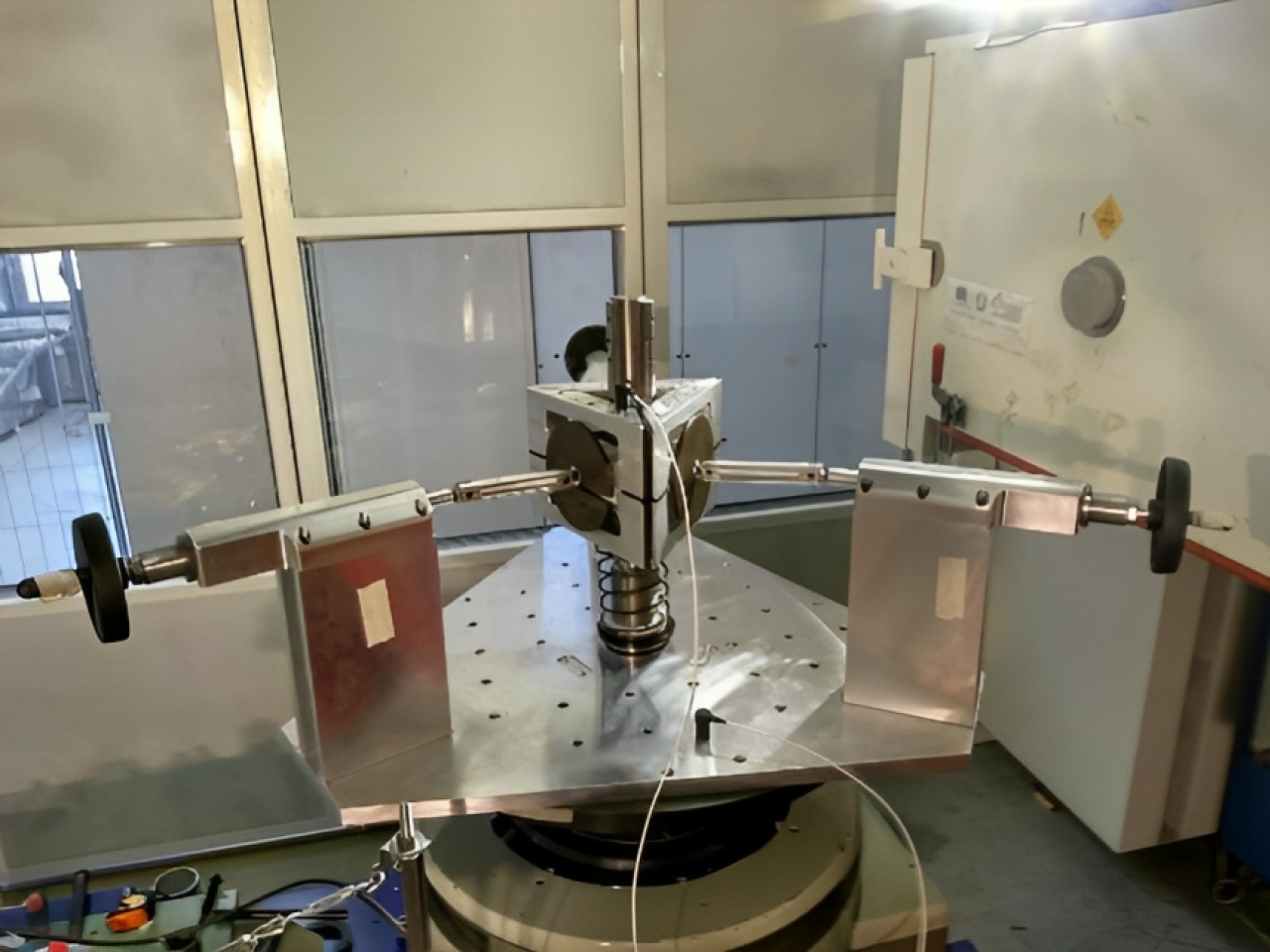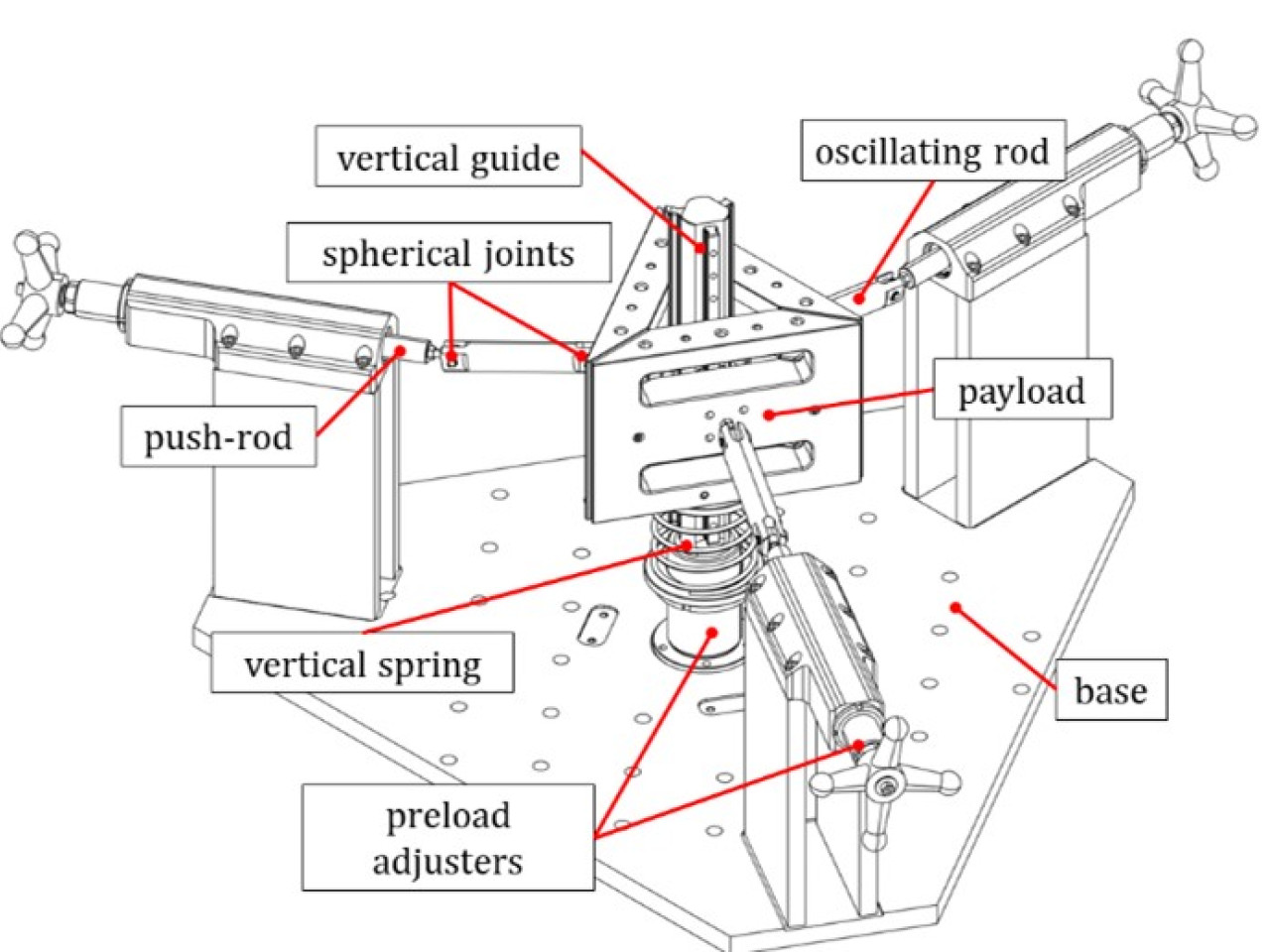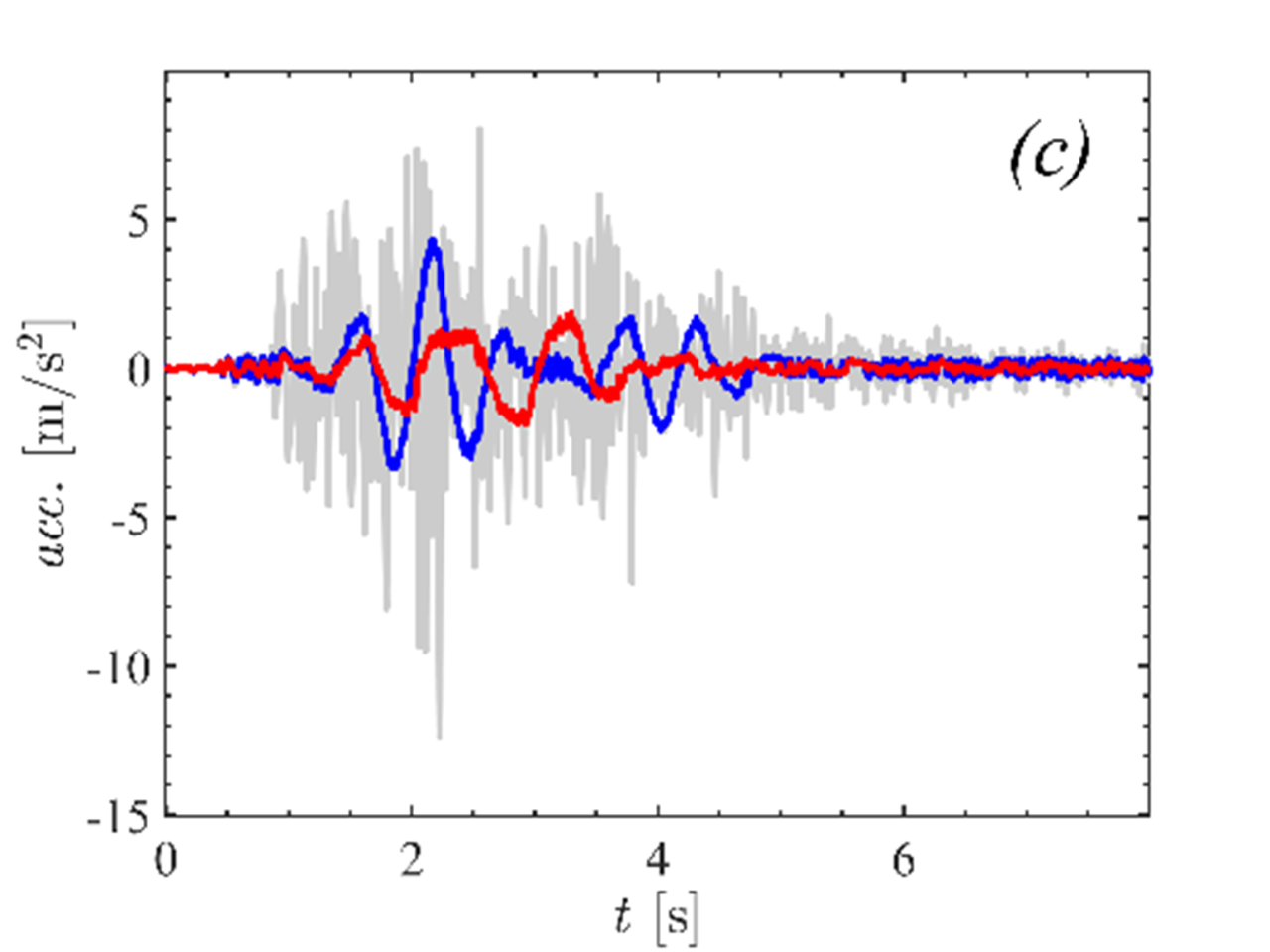Each year, the global occurrence of over a million seismic events poses a severe threat, resulting in significant fatalities and infrastructure damage. To counteract this challenge, advancing building technologies and implementing early warning systems are crucial. A promising strategy lies in leveraging the inherent nonlinearities of seismic isolation systems to develop high-performance devices for earthquake prevention. Among these, High-Static-Low-Dynamic-Stiffness (HSLDS) mechanisms stand out. These innovative systems strategically exploit nonlinear kinematics, preserving limited static deflections while maintaining low natural frequencies in isolators. This groundbreaking approach holds transformative potential, offering a paradigm shift in seismic resilience. HSLDS mechanisms present a unique opportunity to revolutionize the effectiveness of isolators, providing a proactive solution to mitigate the devastating effects of seismic events on both human lives and infrastructure.
 Shaking table tests. HSDLS mounted on the shaker.
Shaking table tests. HSDLS mounted on the shaker.
Introduced is an innovative isolator, showcasing a meticulously designed robust tripod structure for optimal vibration mitigation. At its core, the isolator is comprised of a vertically translating payload, supported by a vertical spring. The payload is connected to three push-rods through oscillating rods and spherical joints. Each push-rod interfaces with a horizontal spring, introducing a hardening nonlinearities in the equivalent restoring force. A notable feature lies in the isolator's customizable horizontal spring preload, providing the flexibility to tailor the nonlinear elastic restoring force. This thoughtful and versatile design ensures that effective vibration reduction is achieved, while also permitting precise adjustments to be made.
High-Static-Low-Dynamic-Stiffness (HSLDS) isolators excel in passive vibration control through a dual approach: leveraging kinematic nonlinearities and a tuneable restoring force. Fundamentally, the incorporation of kinematic nonlinearities enhances the isolator's effectiveness by concurrently preserving limited static deflections and achieving low natural frequencies. In tandem, the tuneable elastic restoring function signifies a remarkable advancement, granting engineers the ability to finely adjust the isolator's response to dynamic forces. This level of customization provides users with unparalleled adaptability, allowing for precise tailoring to specific structural requests and environmental variables. The HSLDS isolators, thus, emerges as a sophisticated solution that harmoniously combines stability with adaptability, transcending the capabilities of conventional vibration control systems.
The innovative High-Static-Low-Dynamic-Stiffness (HSLDS) isolator technology holds promising applications in seismic-resistant construction, safeguarding structures in earthquake-prone areas. Its ability to reduce vibrations while maintaining stability is valuable for protecting sensitive equipment, improving ride comfort in transportation systems, and enhancing aerospace performance during launch and operation. In summary, HSLDS isolators offer versatile solutions across industries, addressing seismic resilience, equipment protection, and performance optimization in various applications.
 Tripod isolator with HSLDS characteristics
Tripod isolator with HSLDS characteristics
HSLDS Isolator Advancements: Experimental Testing Under Near-fault Earthquakes
This study experimentally demonstrates the beneficial effects of tri-dimensional HSLDS isolators over linear ones in reducing the vibrations transmitted to the suspended mass under near-fault earthquakes. A lumped parameter model is formulated considering a piecewise nonlinear stiffness. Dissipation is taken into account through viscous and dry friction forces. Considering different test cases, preliminary tests are conducted assuming harmonic base motion to evaluate the isolator transmissibility. Excellent agreement is obtained when comparing the model to the experimental measurements. Finally, the behavior of the isolator is investigated under simulated earthquakes, and results are presented using vertical acceleration time histories and spectra, showing the vibration reduction provided by the nonlinear isolator. The HSLDS isolator exhibits remarkable performance, surpassing standard isolators by 20% in effectiveness and achieving an impressive 70% reduction in ground vibrations. This substantial improvement underscores its superior capability in mitigating seismic impacts compared to conventional isolator systems.
InterMech – MO.RE.
University of Waikato
The study confirms the effectiveness of HSLDS isolators in mitigating transmitted acceleration for most input signals during near-fault earthquakes. The results demonstrate excellent mitigation of transmitted acceleration, reinforcing the concept of HSLDS isolators in civil infrastructure.
 Experimental tests. Vertical acceleration time history. Bam earthquake (grey - ground acceleration, blue - Linear spring, red - HSLDS isolator).
Experimental tests. Vertical acceleration time history. Bam earthquake (grey - ground acceleration, blue - Linear spring, red - HSLDS isolator).

